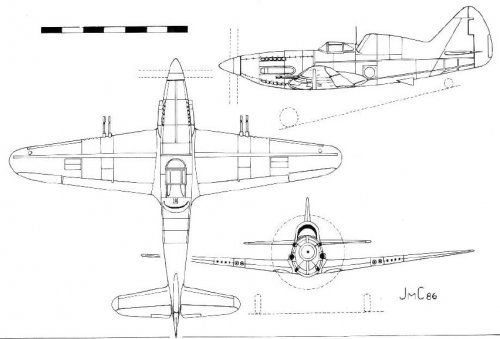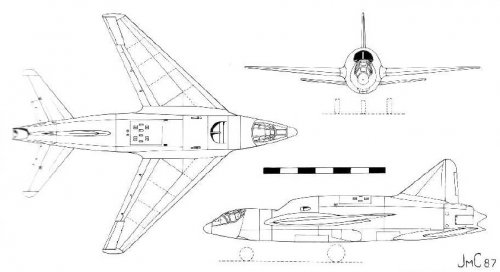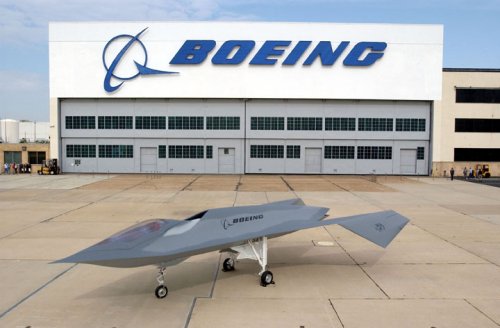M
McColm
Guest
Hi,
Most jet aircraft have the air intakes either;
a) at the front of aircraft i.e. MiG-21
b) shoulder mounted i.e. F-15
c) underneath the fuselage i.e. F-16
d) along the fuselage i.e. Mirage 2000
Apart from the YF-107, has any other fighter aircraft or experimental piloted aircraft had the air intakes behind the canopy, on the upper side of the fuselage?
Or is the reason for not putting the air intakes behind the canopy, more complicated?
Most jet aircraft have the air intakes either;
a) at the front of aircraft i.e. MiG-21
b) shoulder mounted i.e. F-15
c) underneath the fuselage i.e. F-16
d) along the fuselage i.e. Mirage 2000
Apart from the YF-107, has any other fighter aircraft or experimental piloted aircraft had the air intakes behind the canopy, on the upper side of the fuselage?
Or is the reason for not putting the air intakes behind the canopy, more complicated?



